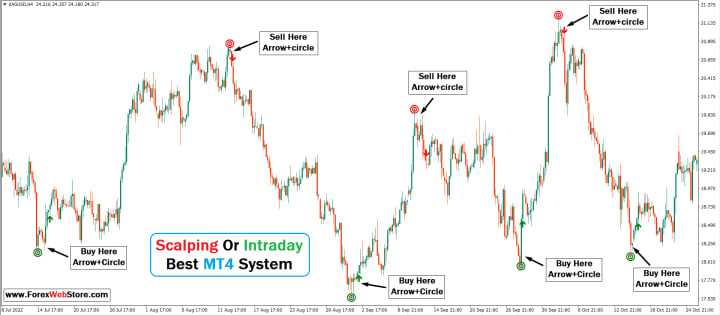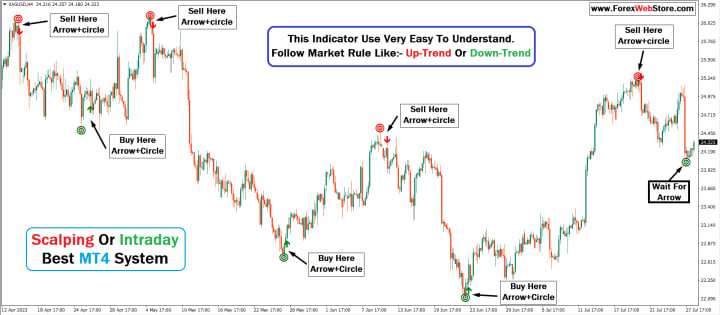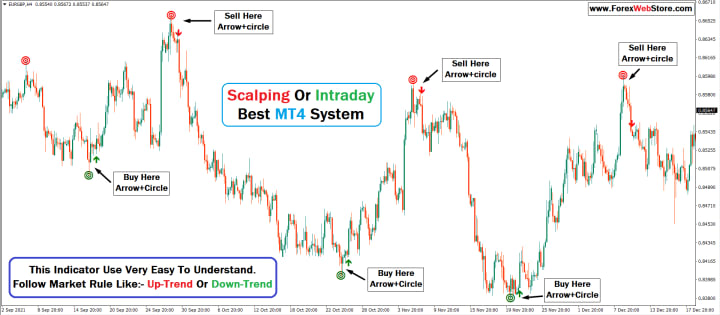What is a key trading process in Forex trading?
Successful Forex trading requires a solid understanding of these processes trading strategy and risk management techniques.
One key trading process in Forex (foreign exchange) trading is the execution of trades based on currency pairs. Forex trading involves the exchange of one currency for another at an agreed-upon exchange rate. Traders in the Forex market aim to profit from fluctuations in exchange rates between currency pairs.

Here's a basic overview of the key trading process in Forex trading:
1. **Currency Pair Selection:** Traders select currency pairs to trade. Each currency pair consists of two currencies: a base currency and a quote currency. For example, in the EUR/USD pair, the Euro (EUR) is the base currency, and the US Dollar (USD) is the quote currency.
2. **Analysis:** Traders conduct thorough analysis to make informed trading decisions. This analysis typically involves two main approaches:
a. **Fundamental Analysis:** This involves evaluating economic indicators, geopolitical events, central bank policies, and other macroeconomic factors that can influence currency values.
b. **Technical Analysis:** Traders study price charts, patterns, trends, and various technical indicators to predict future price movements.
3. **Entry Point:** Based on their analysis, traders determine optimal entry points for their trades. An entry point is the price level at which a trader decides to open a position (either buy or sell) on a particular currency pair.
4. **Position Sizing:** Traders determine the appropriate position size for their trades. Position sizing involves deciding how much of their trading capital they're willing to risk on a specific trade, considering factors like their risk tolerance and the size of their trading account.
5. **Stop-Loss and Take-Profit:** Traders set stop-loss and take-profit orders to manage their risk and potential profit. A stop-loss order is placed below the entry price to limit losses if the trade goes against them. A take-profit order is placed above the entry price to secure profits when the trade moves in their favor.
6. **Execution:** Once the entry point, position size, and risk management parameters are determined, traders execute the trade through their chosen trading platform. The platform will facilitate the actual buying or selling of the chosen currency pair at the current market price.
7. **Monitoring and Adjustment:** After a trade is executed, traders closely monitor the market to see how the trade is progressing. They may adjust stop-loss and take-profit levels if new information or price movements warrant a change in their initial plan.
8. **Exit Strategy:** Traders decide when to close their position and take profits or cut losses. This decision can be based on reaching a predetermined profit target, observing a reversal in price movement, or reacting to new developments in the market.

It's important to note that Forex trading involves significant risks due to the high level of volatility and leverage that's often used. Traders should have a solid understanding of the market, risk management strategies, and a well-defined trading plan before engaging in Forex trading.
One of the key trading processes in Forex (foreign exchange) trading is the "execution" of trades. Execution refers to the actual process of buying or selling currencies in the foreign exchange market. It involves several steps and considerations to ensure that trades are executed efficiently and at the desired price.
Here's a breakdown of the key steps involved in the execution process in Forex trading:
1. **Market Analysis:** Before executing a trade, traders perform thorough market analysis to identify potential trading opportunities. This analysis involves studying charts, technical indicators, economic news releases, and other factors that can influence currency prices.
2. **Trade Selection:** Based on their analysis, traders select specific currency pairs they want to trade. They decide whether to buy (go long) or sell (go short) a particular currency pair, depending on their expectations for price movements.
3. **Order Placement:** Traders then place an order with their broker. There are different types of orders, including market orders and limit orders. A market order is executed at the current market price, while a limit order specifies a particular price at which the trader is willing to buy or sell.
4. **Order Transmission:** Once the trader places the order, it is transmitted to the broker's trading platform, which in turn sends the order to the interbank market or liquidity providers.
5. **Execution:** The order is executed when it matches with a counterparty willing to take the opposite side of the trade. In the Forex market, this is usually done electronically and almost instantaneously due to the high liquidity of the market.
6. **Slippage and Spread:** Slippage can occur when there's a slight difference between the expected execution price and the actual execution price, often due to high volatility or rapid market movements. Spread refers to the difference between the bid and ask prices, representing the broker's profit.
7. **Confirmation:** After the trade is executed, traders receive a confirmation from their broker, detailing the trade's execution price, size, and other relevant information.
8. **Monitoring and Management:** Once a trade is open, traders need to monitor their positions and manage risk. This includes setting stop-loss and take-profit levels to limit potential losses and lock in profits, respectively.
9. **Trade Closure:** Traders can close their positions manually or automatically, depending on their trading strategy and objectives. Closing a trade involves executing an opposing order to the initial trade (e.g., selling if the initial trade was a buy).

It's important to note that the execution process can vary slightly depending on the trading platform, broker, and the specific tools or features they offer. Successful Forex trading requires a solid understanding of these processes, as well as a well-defined trading strategy and risk management techniques.
Download Best Forex Indicator Click Here
About the Creator
Forexwebstore
Forexwebstore.com Discover the Best Forex Indicators for a Simple Strateg. This page features key technical indicators for the most popular currency pairs in real time.







Comments
There are no comments for this story
Be the first to respond and start the conversation.